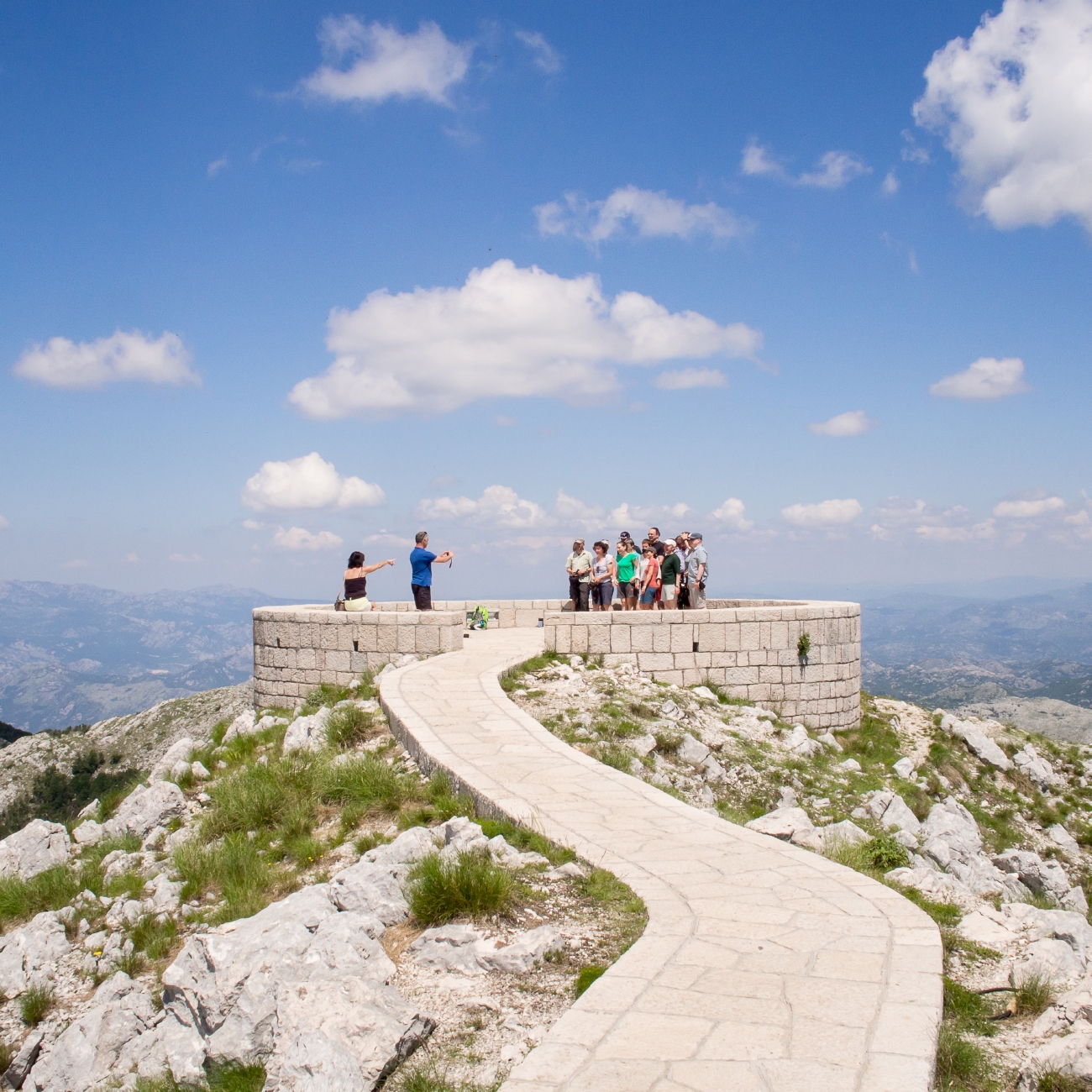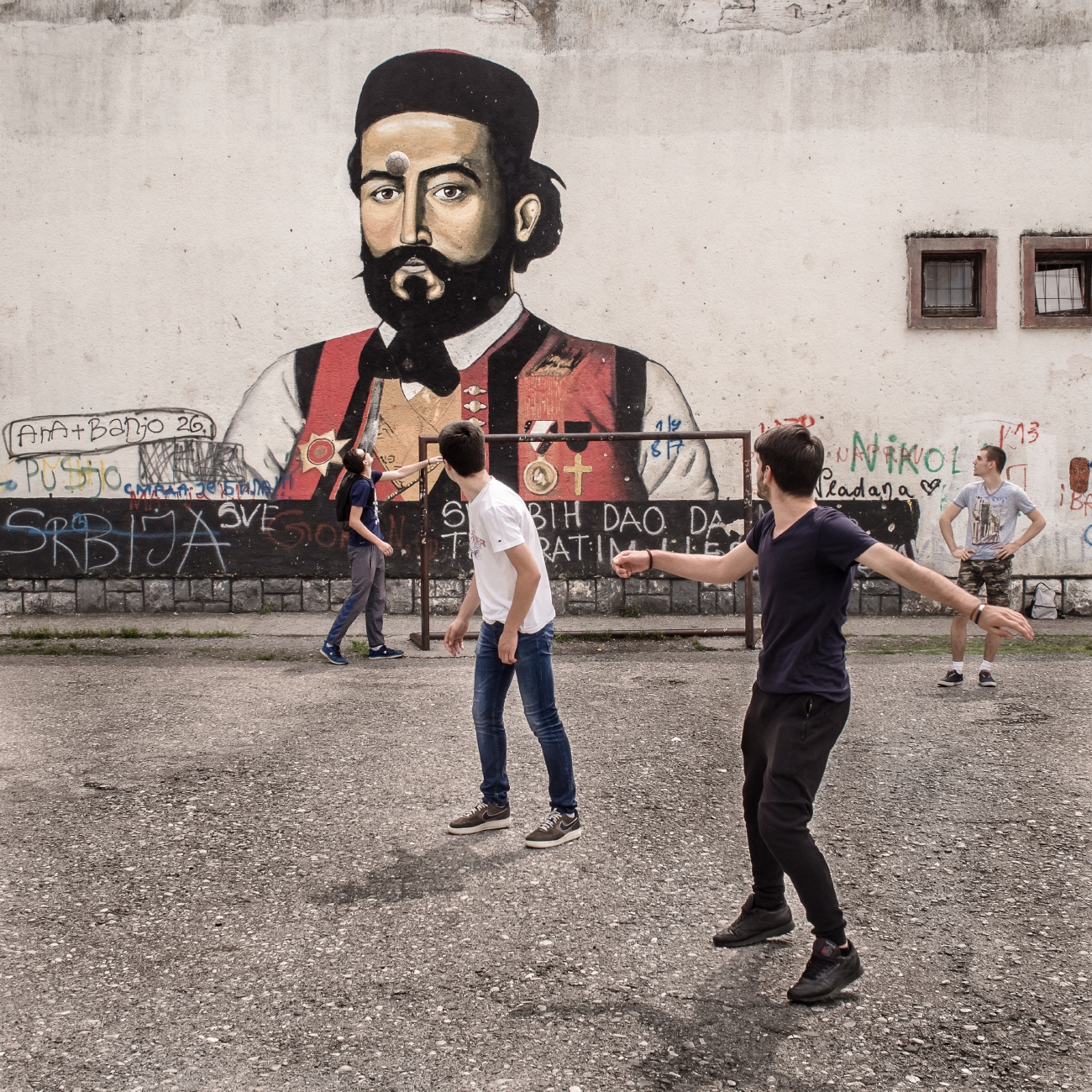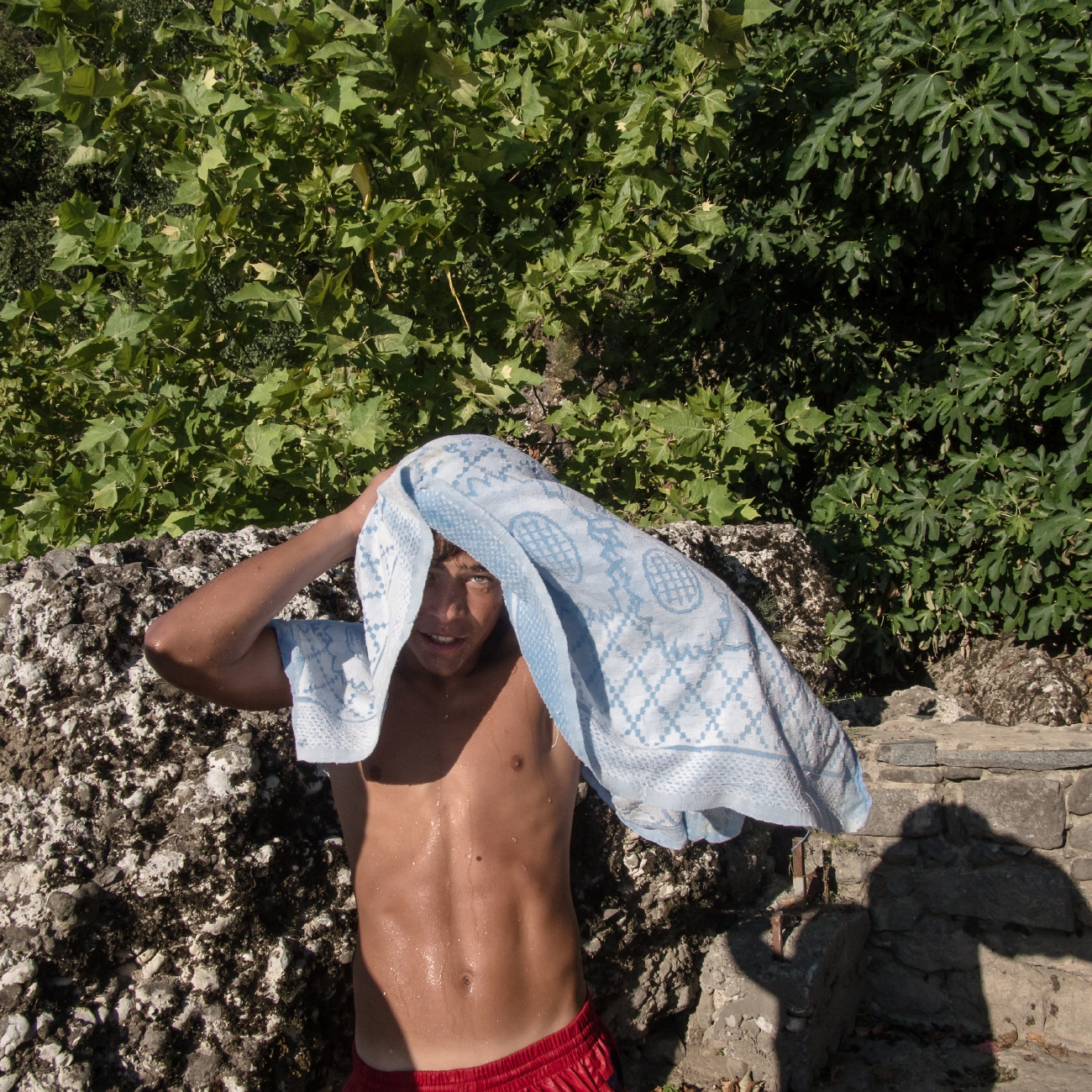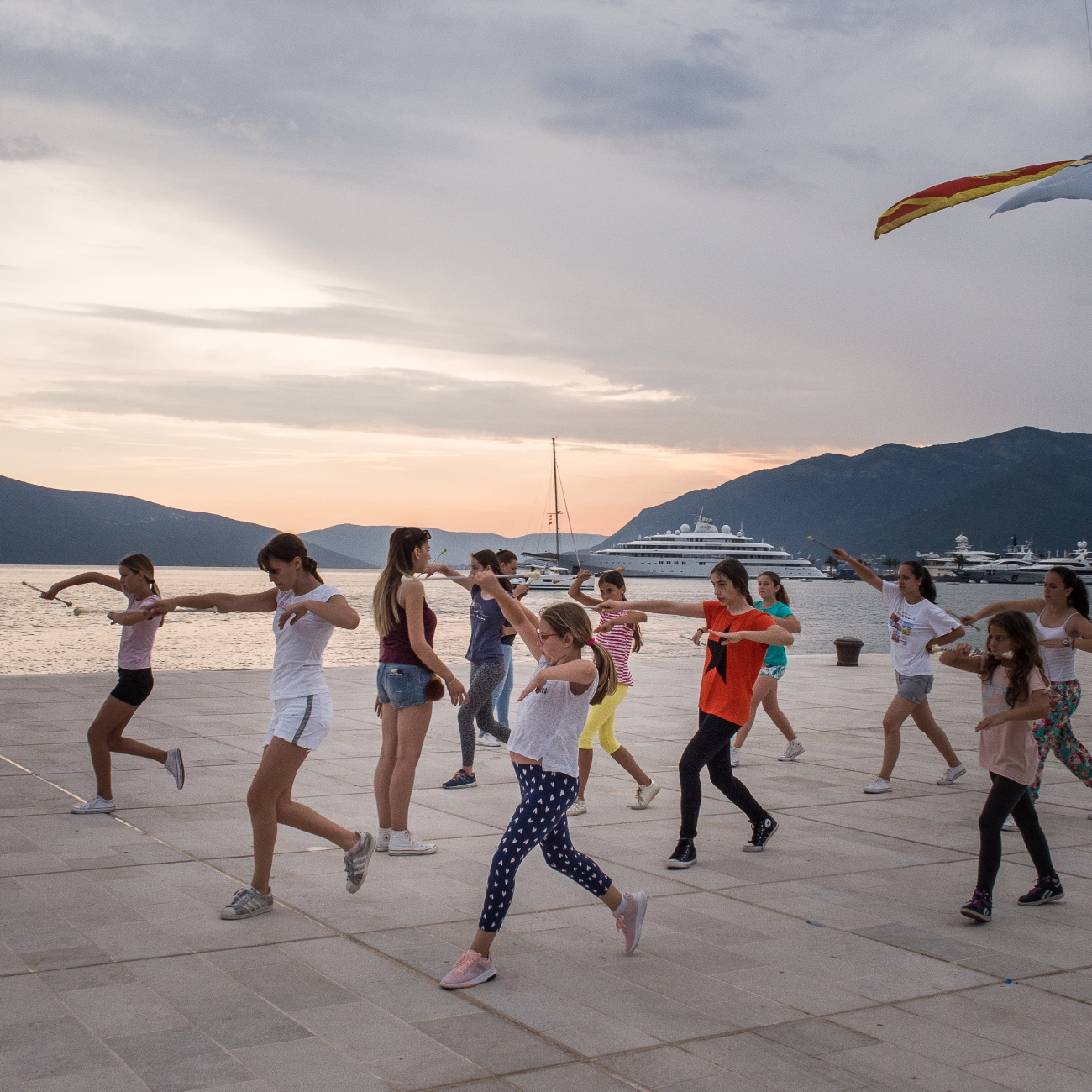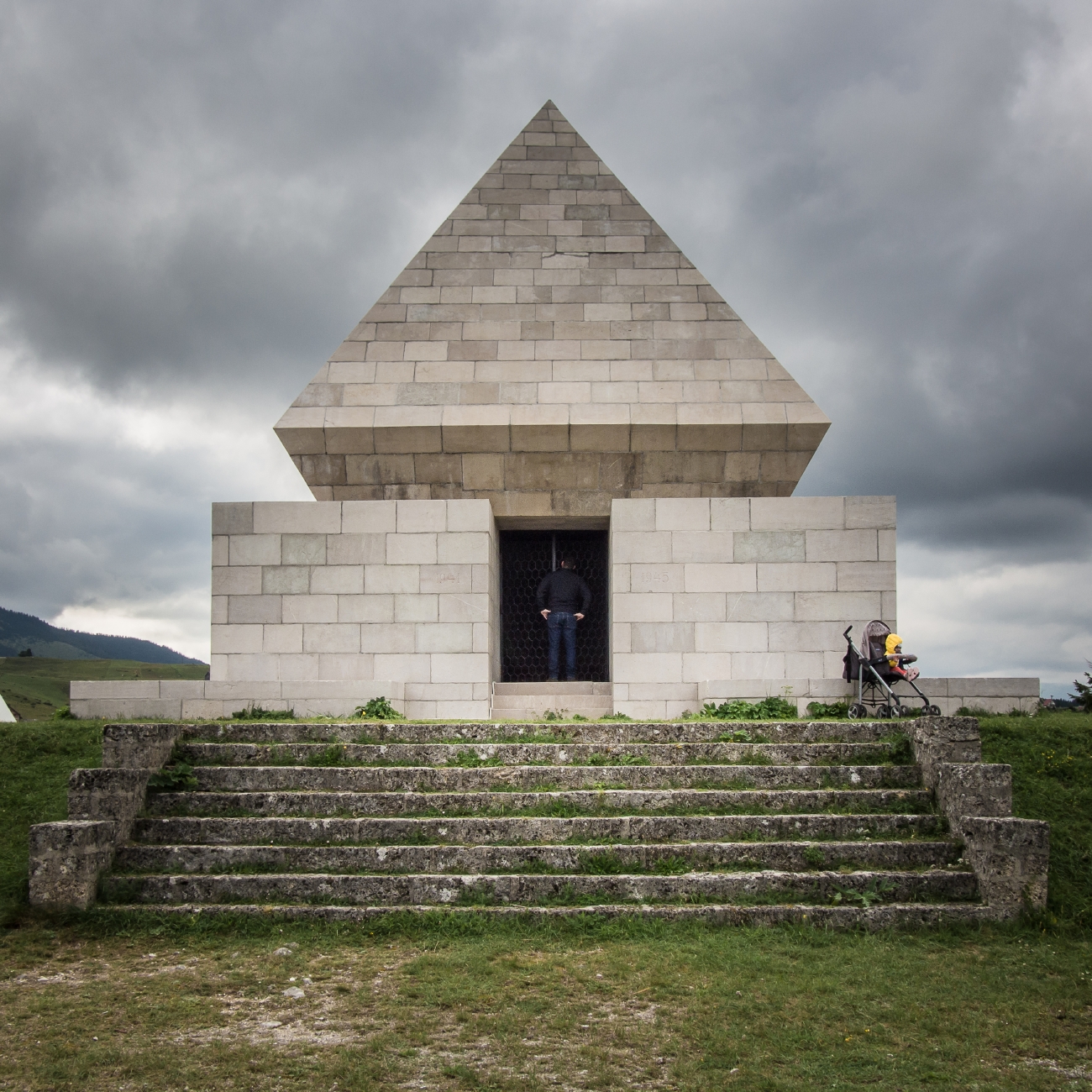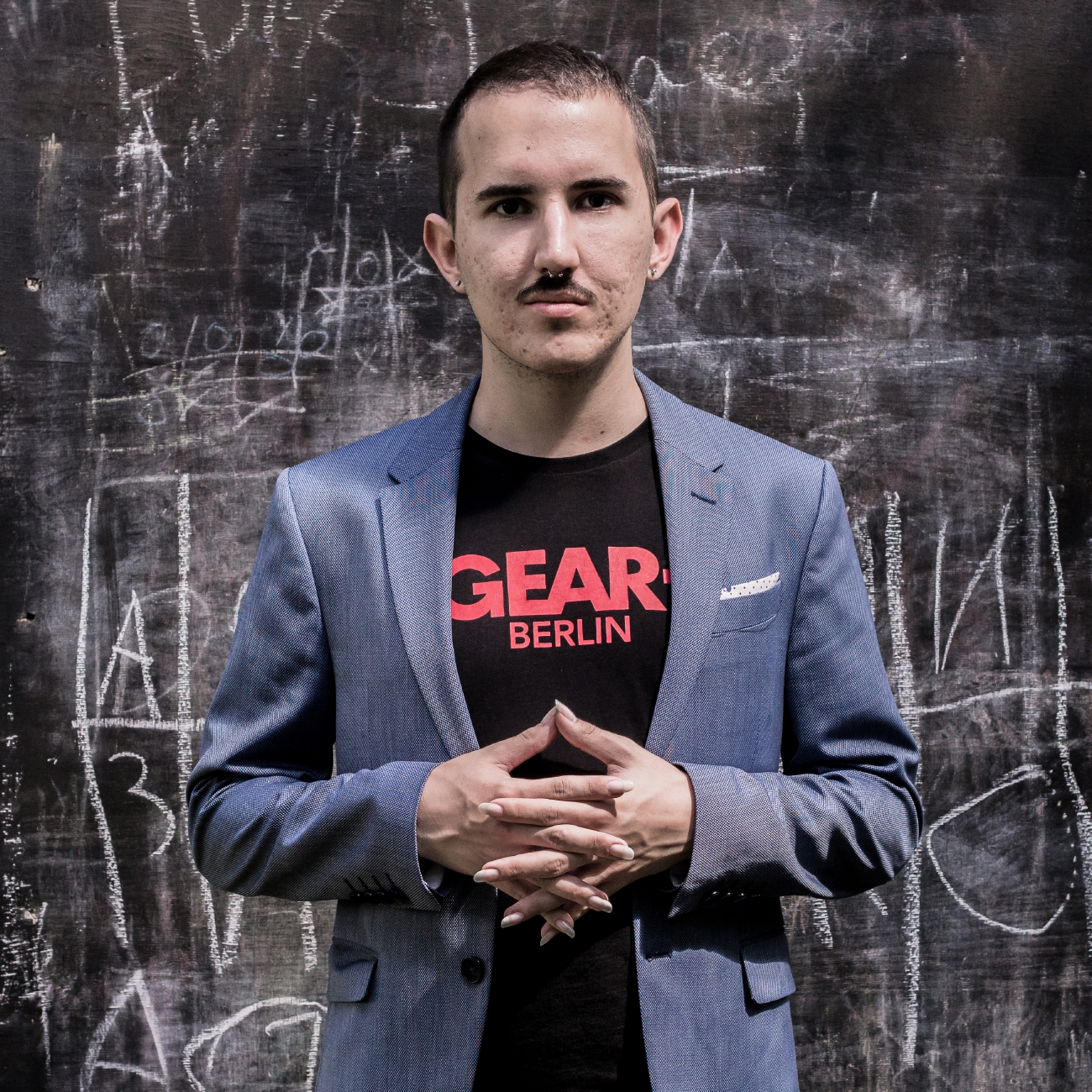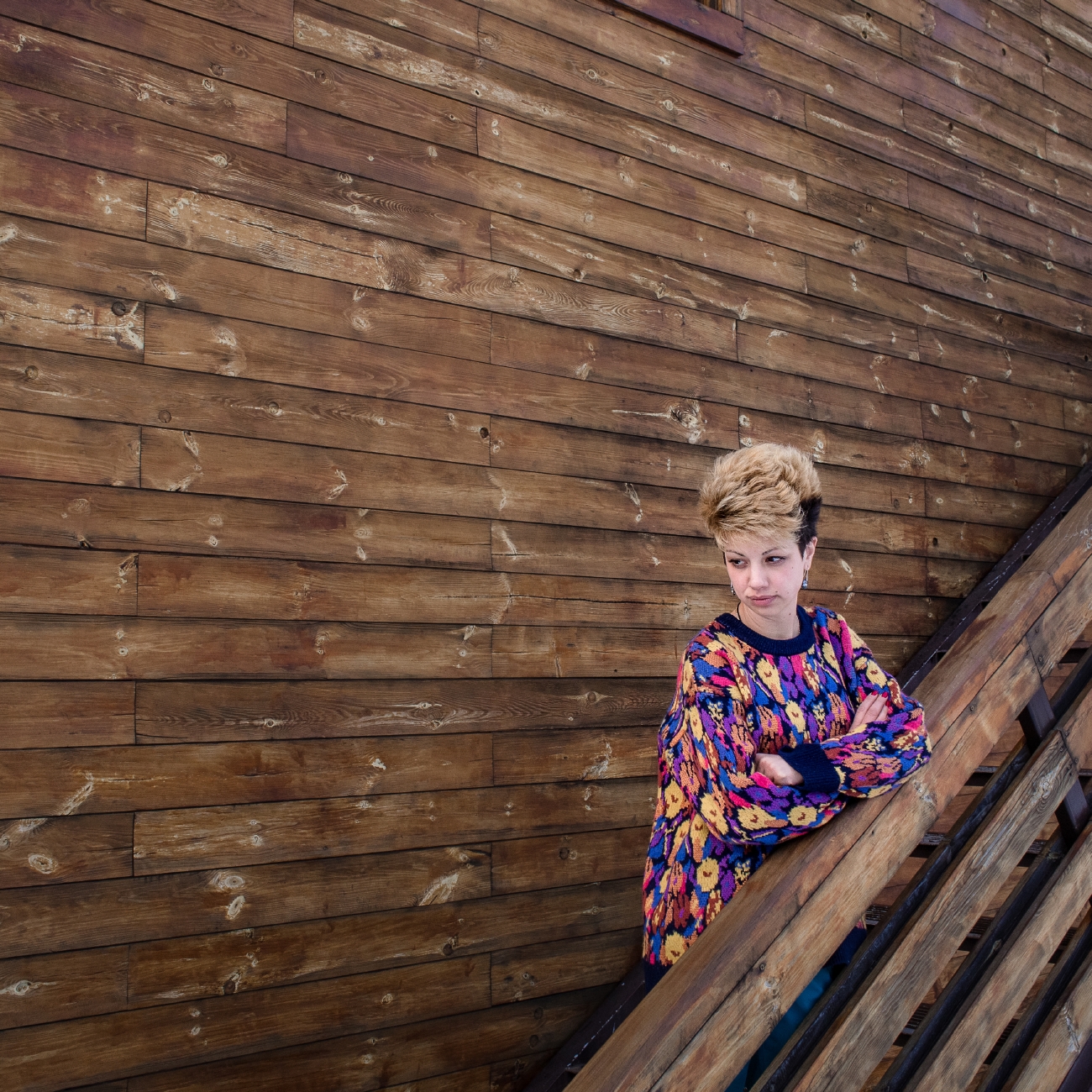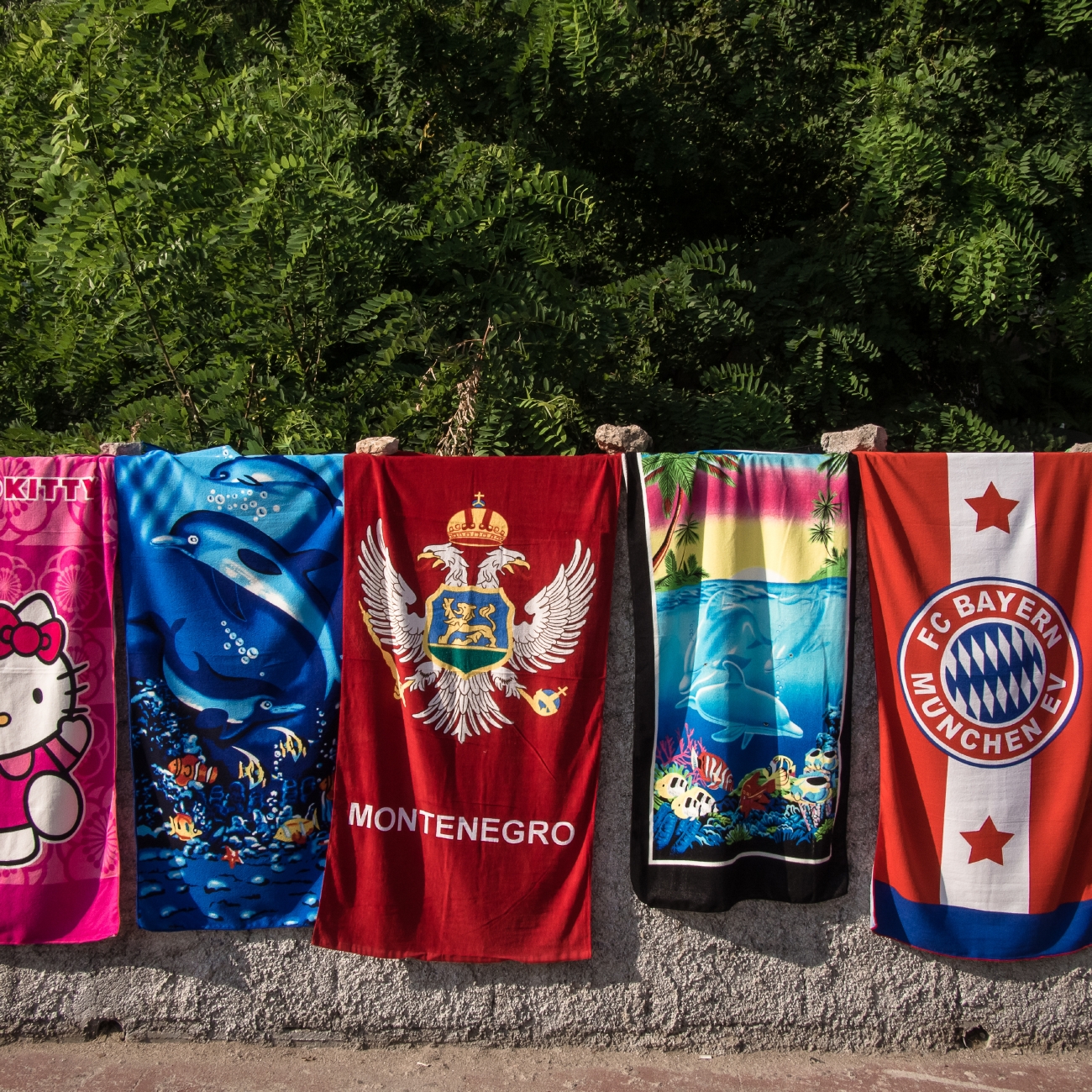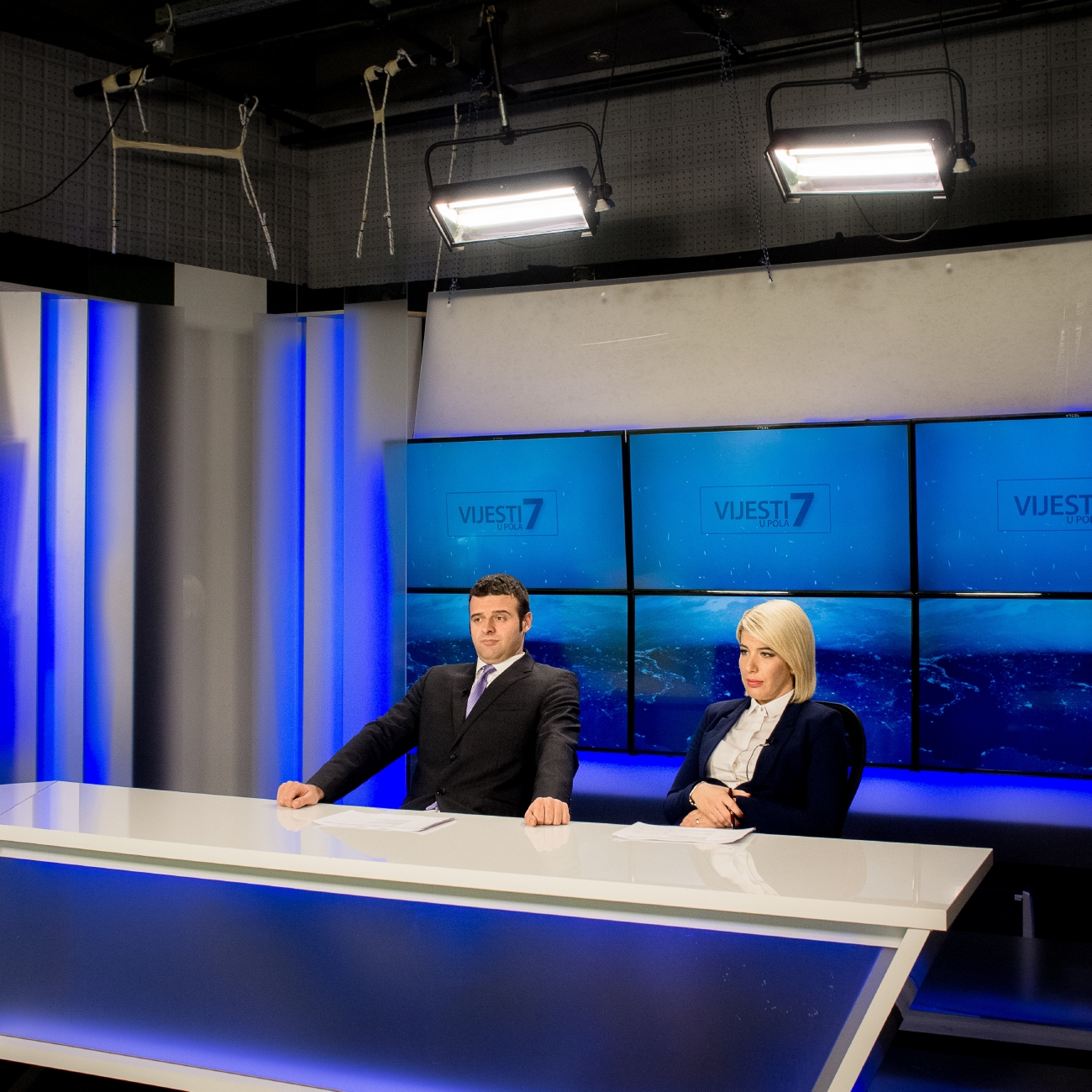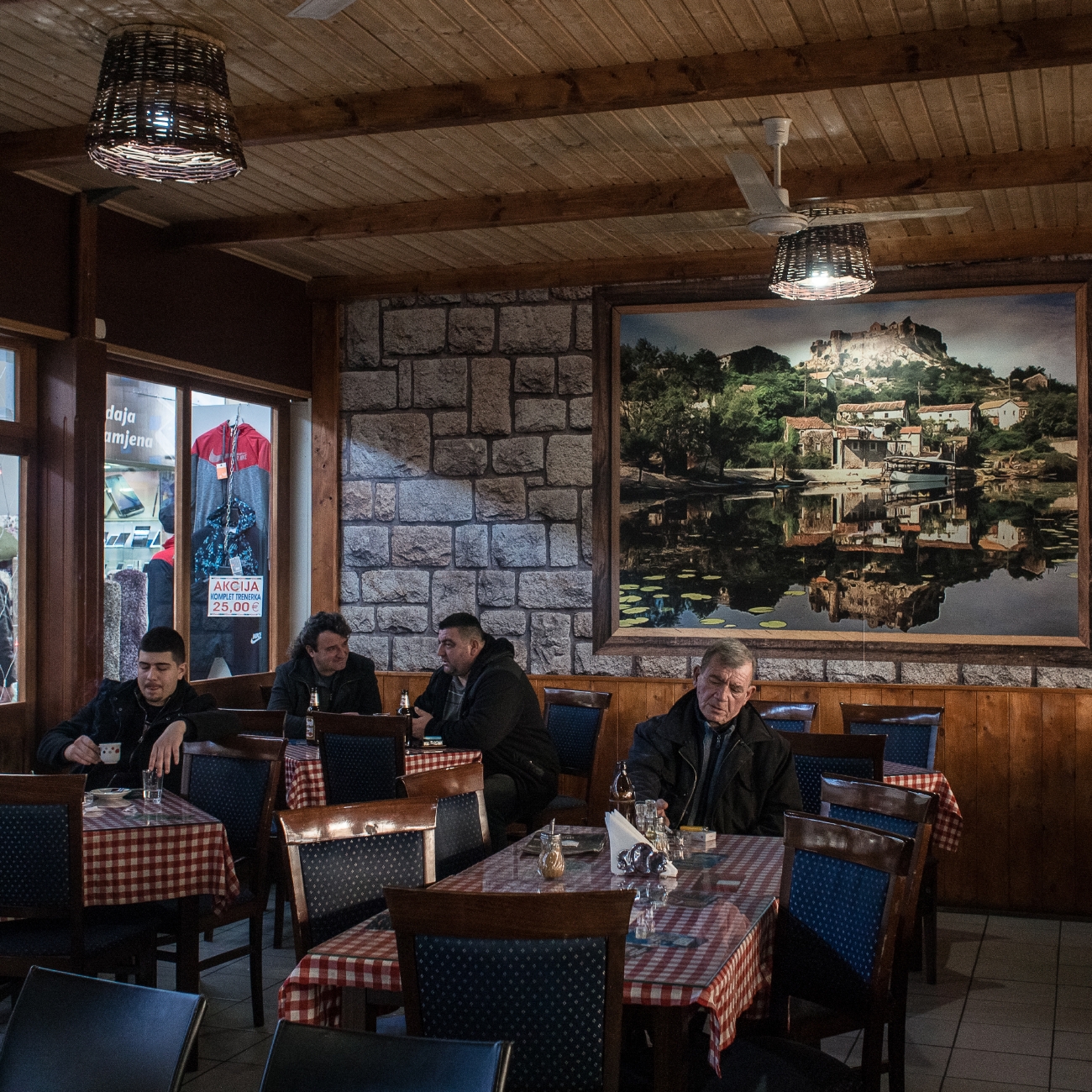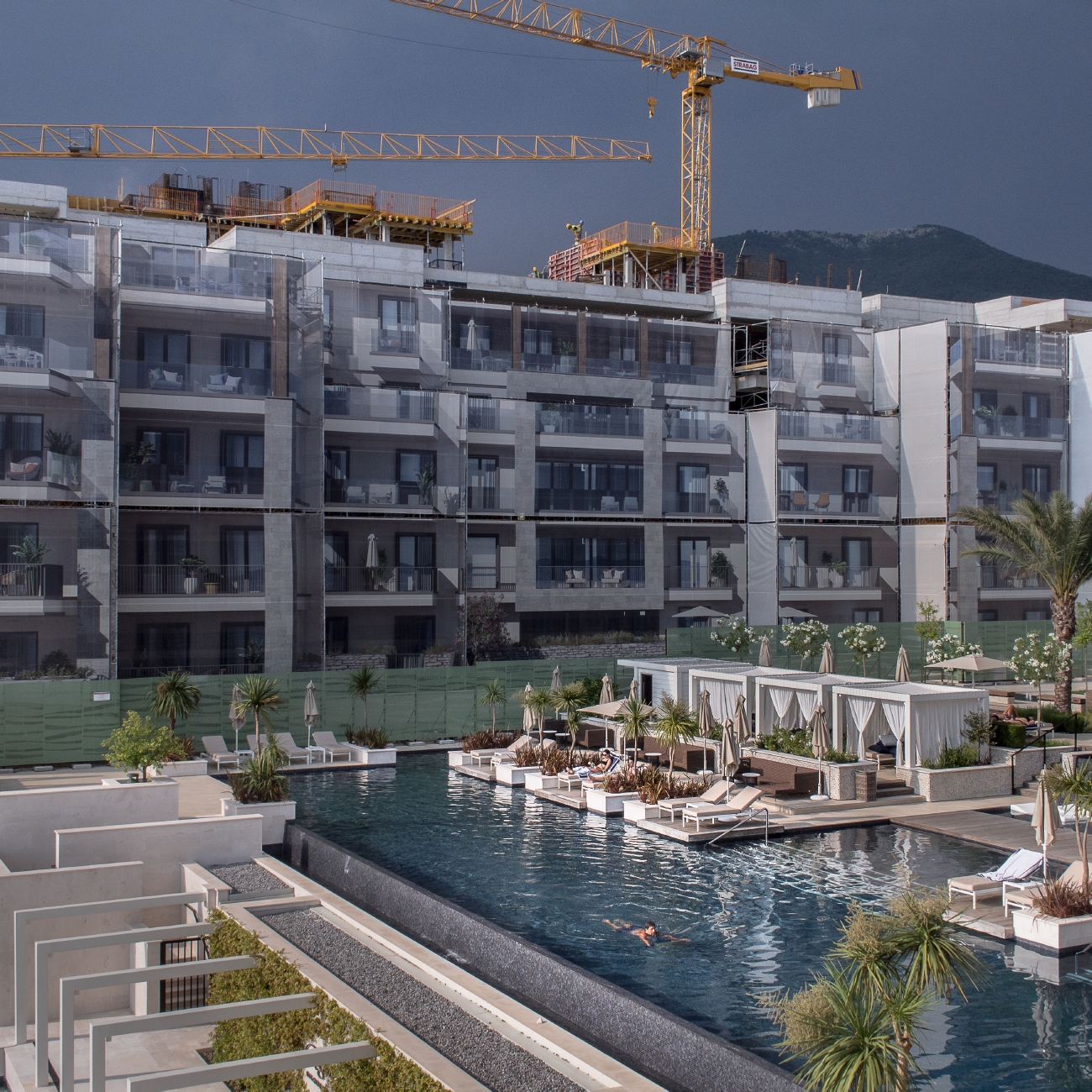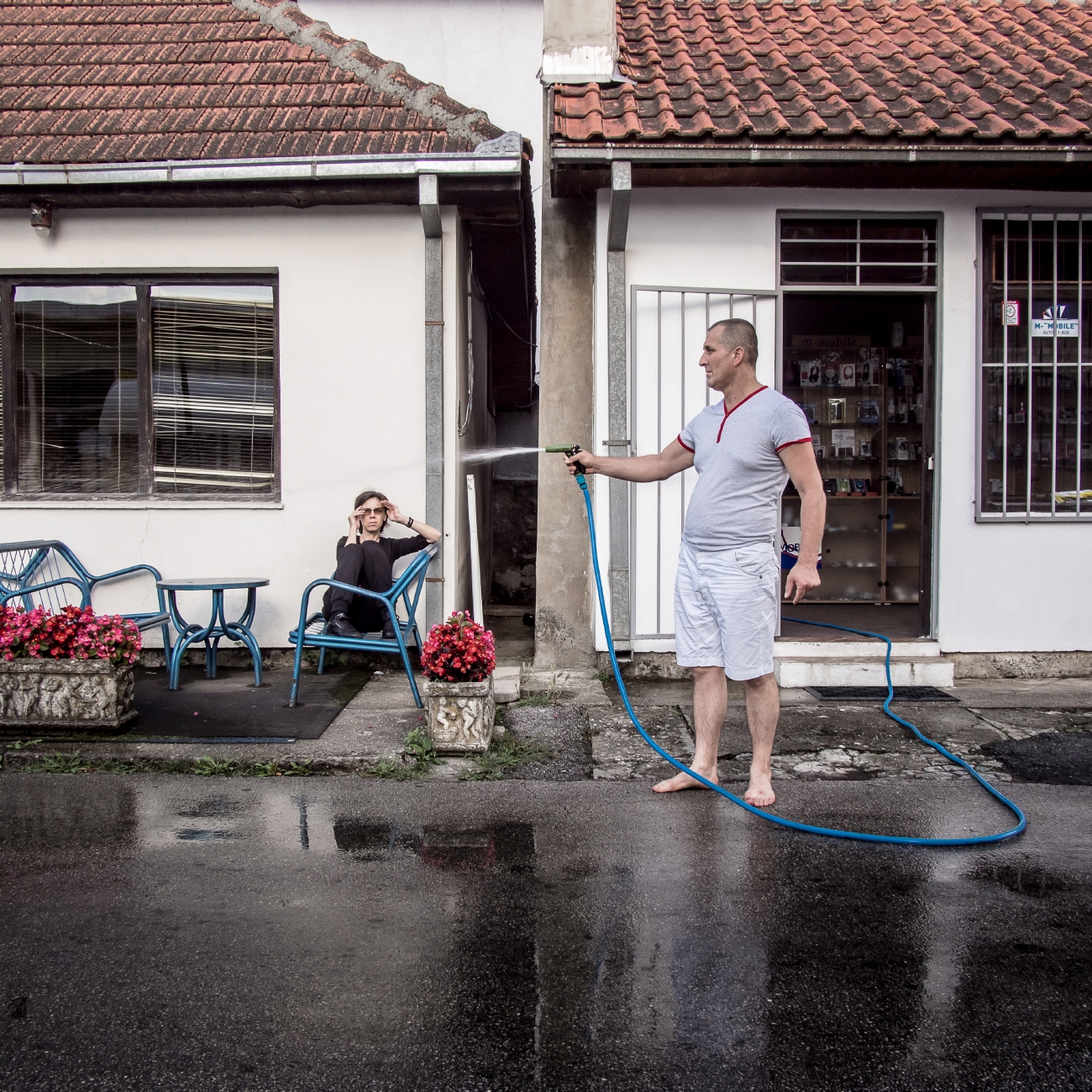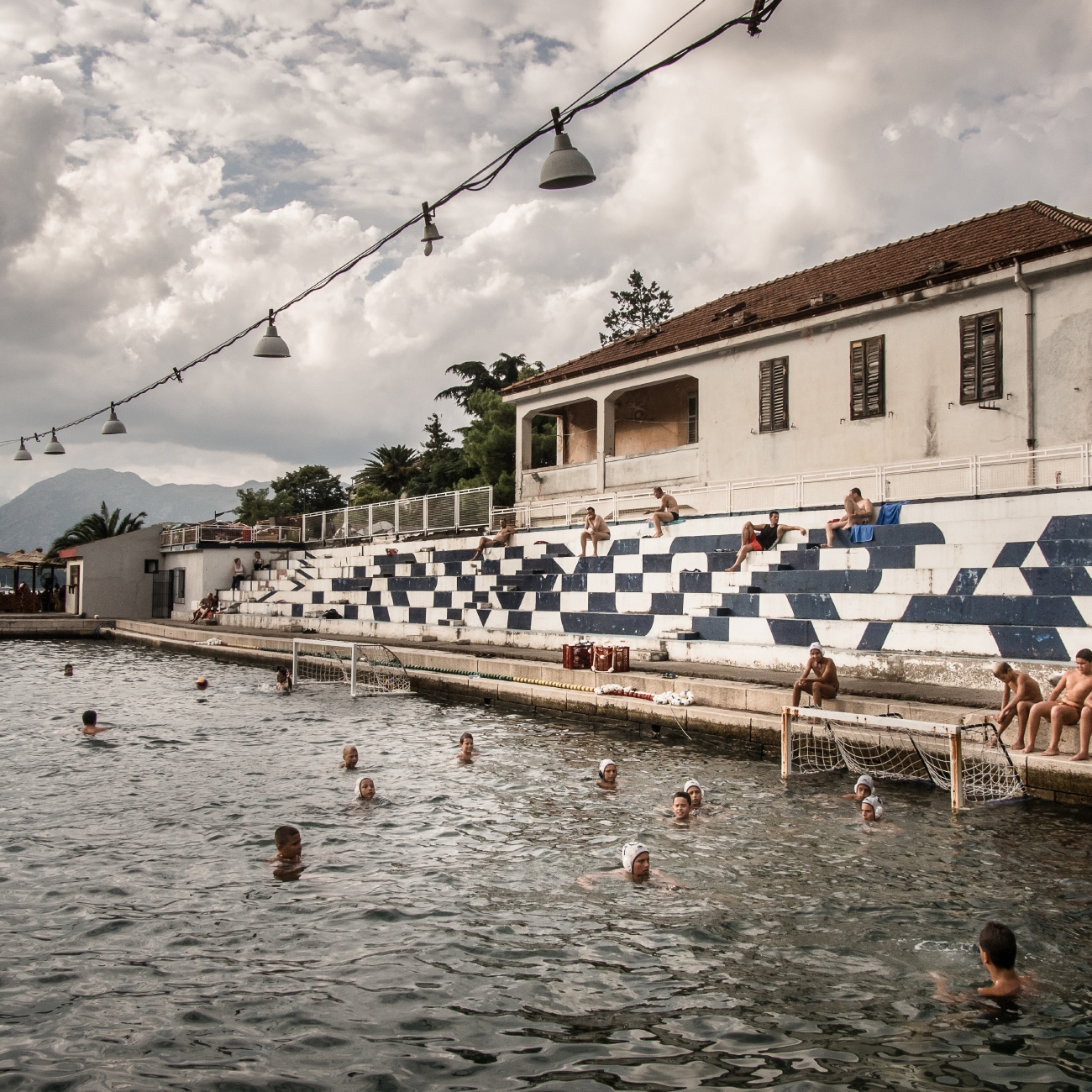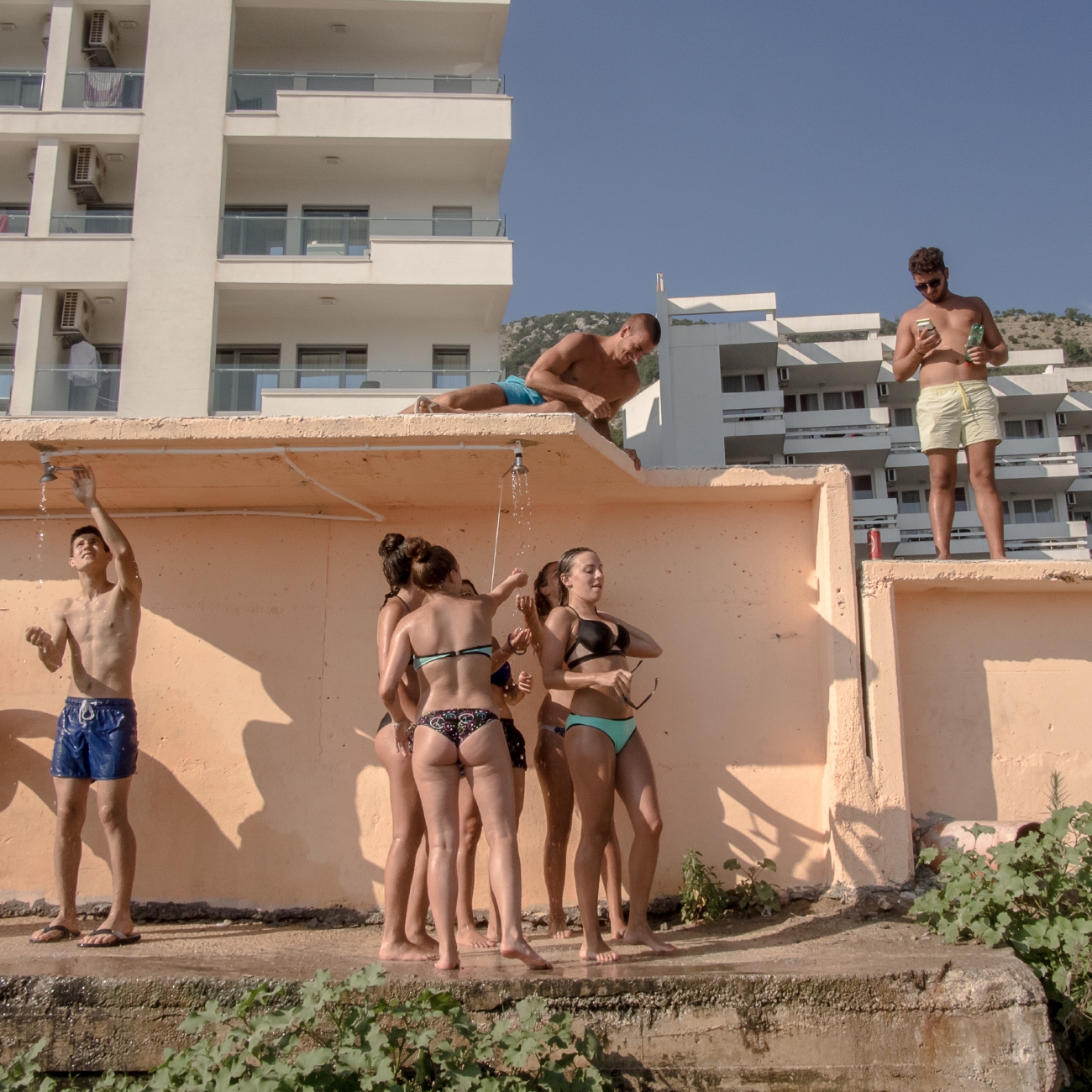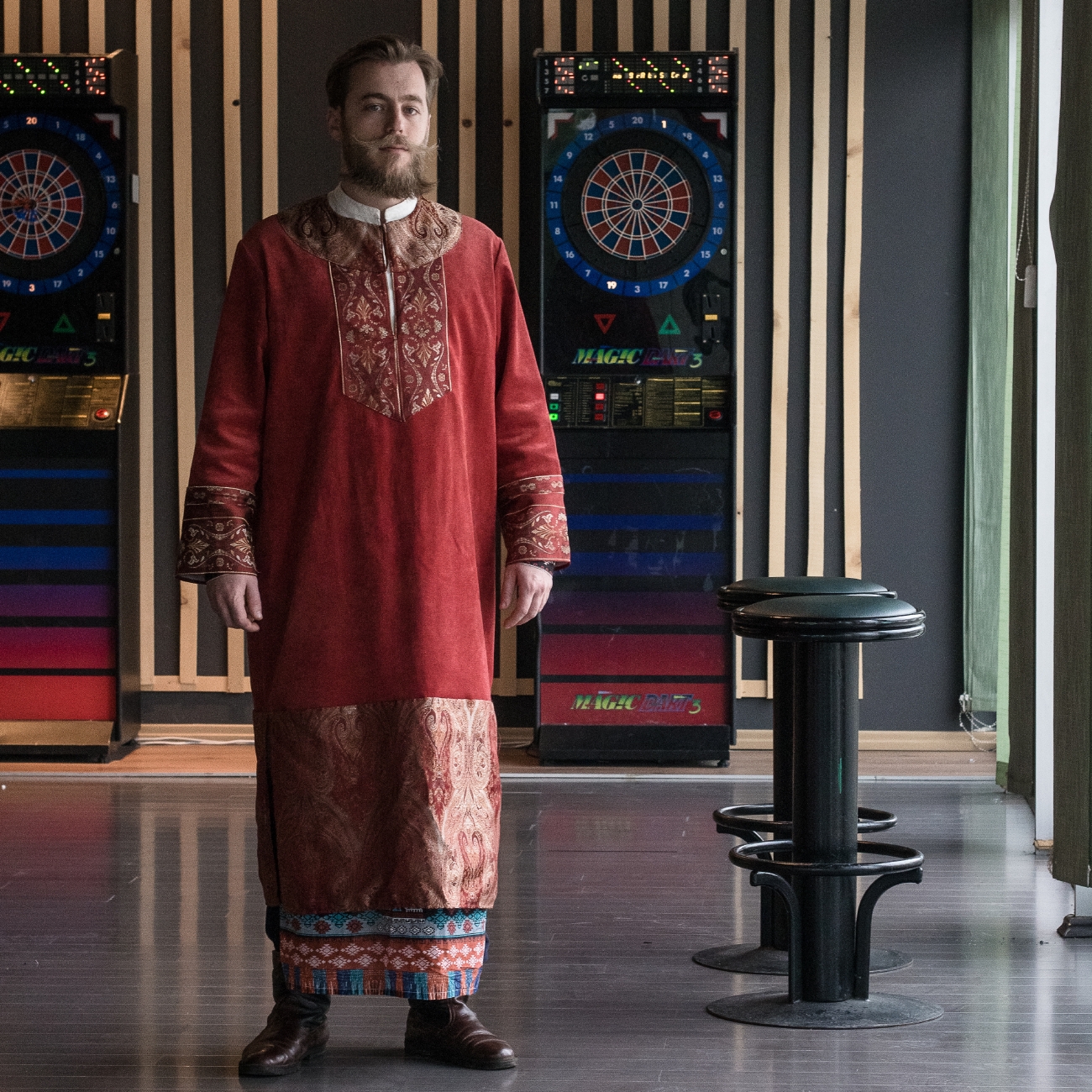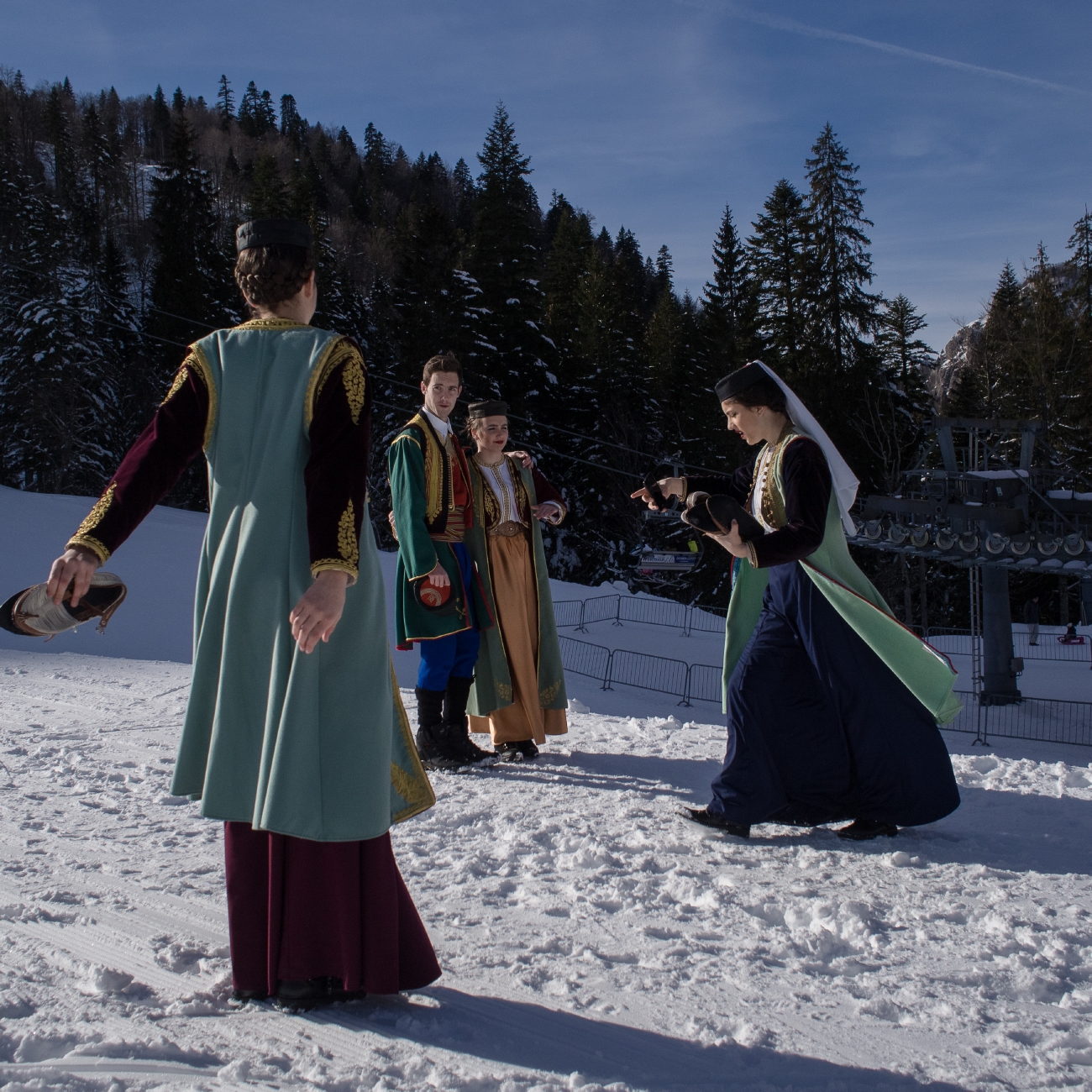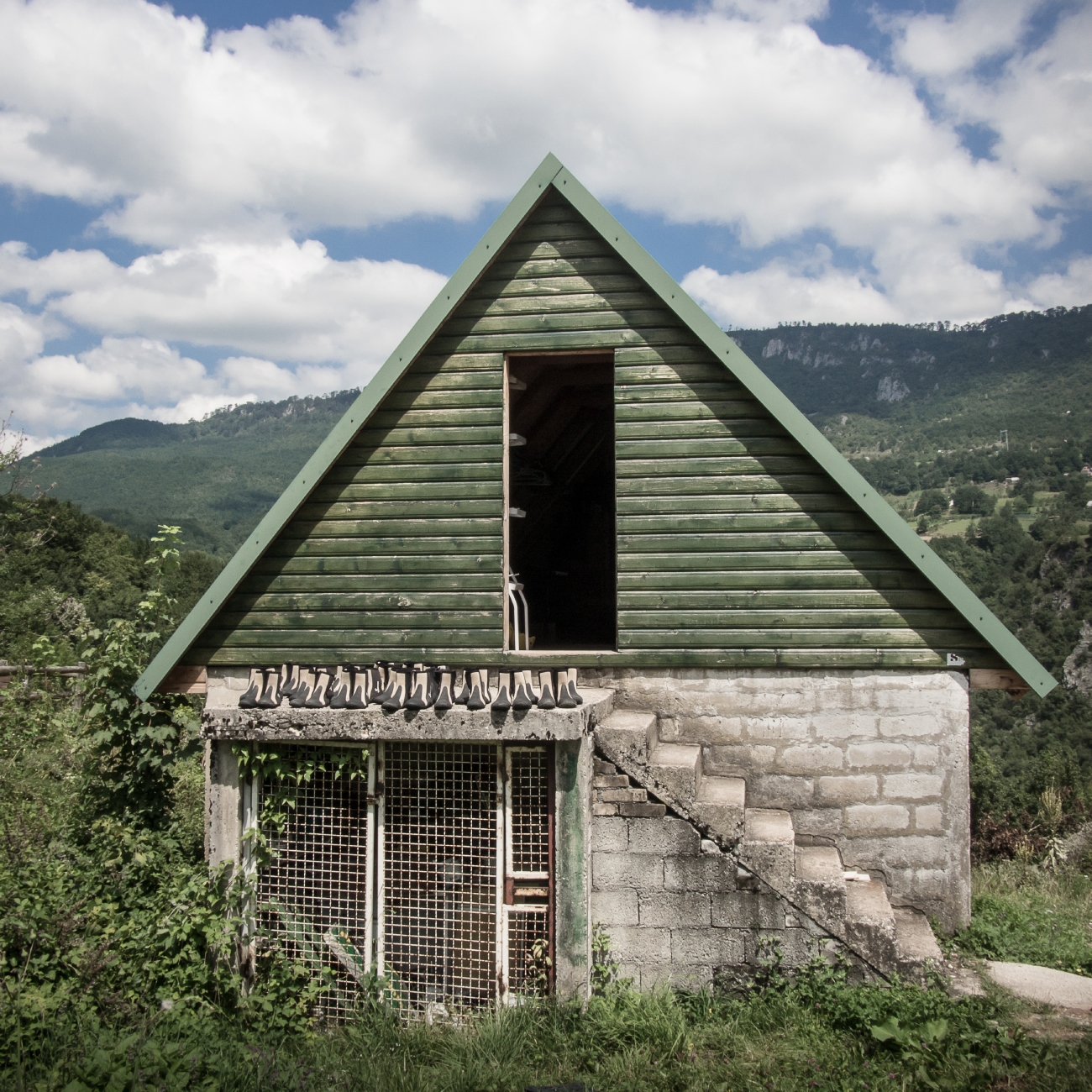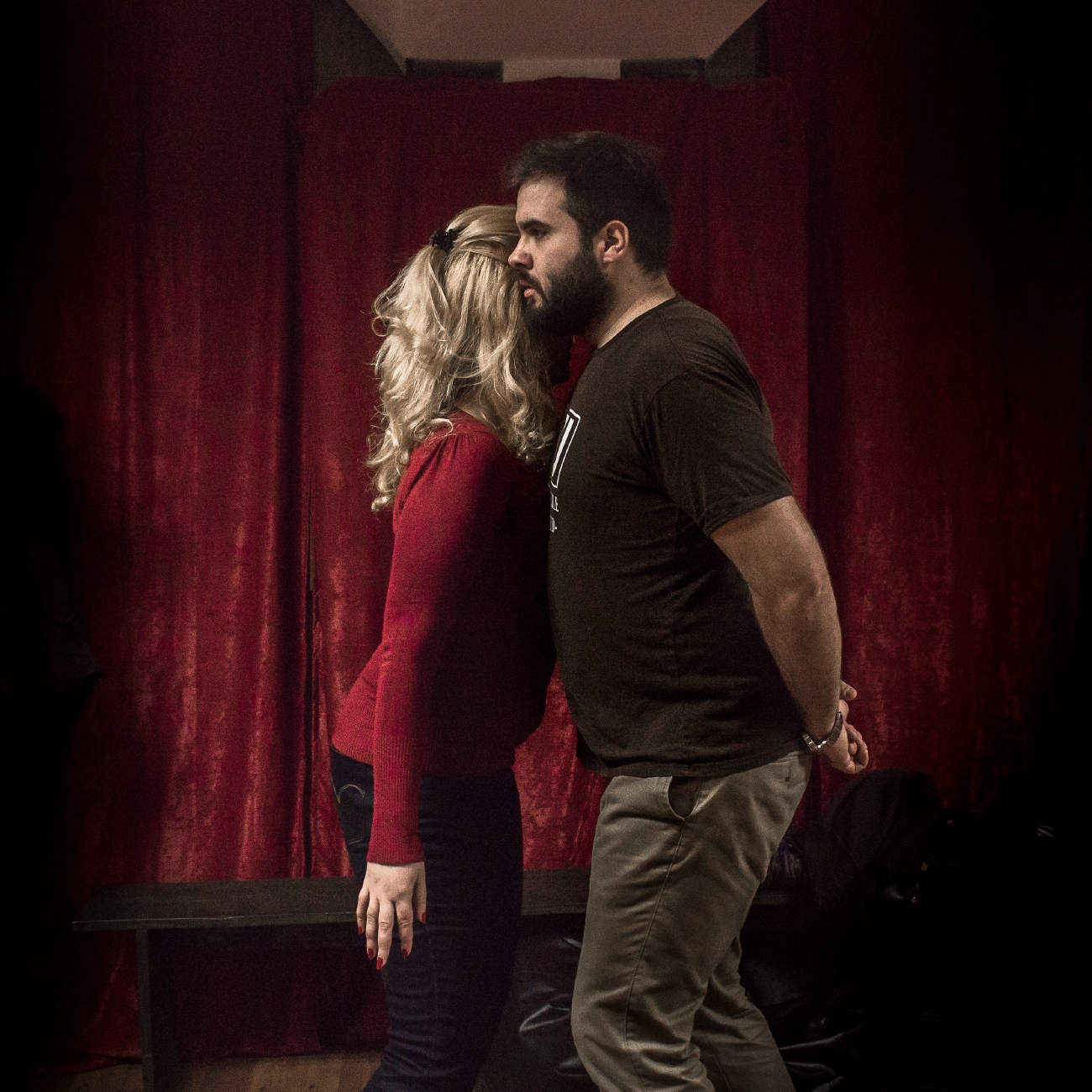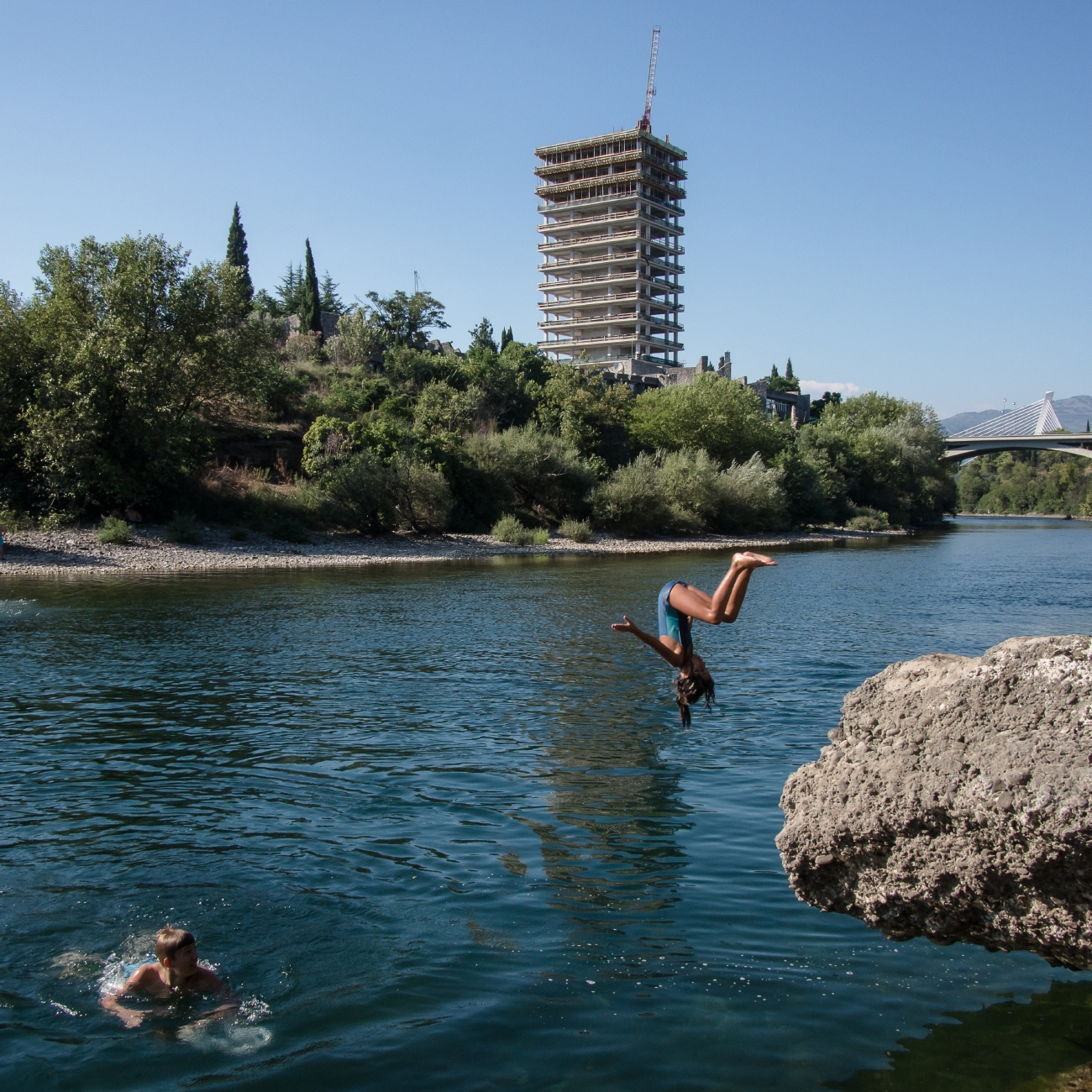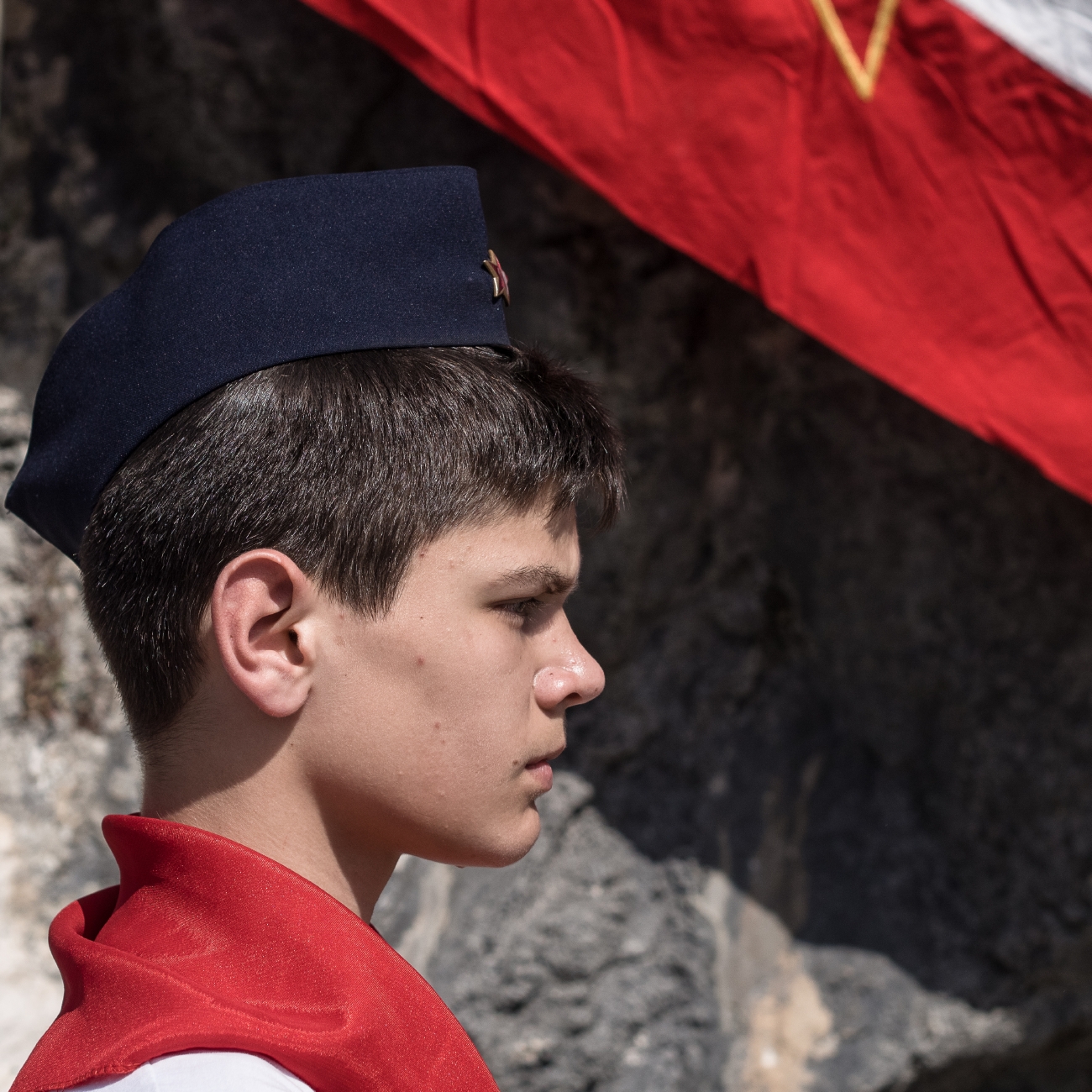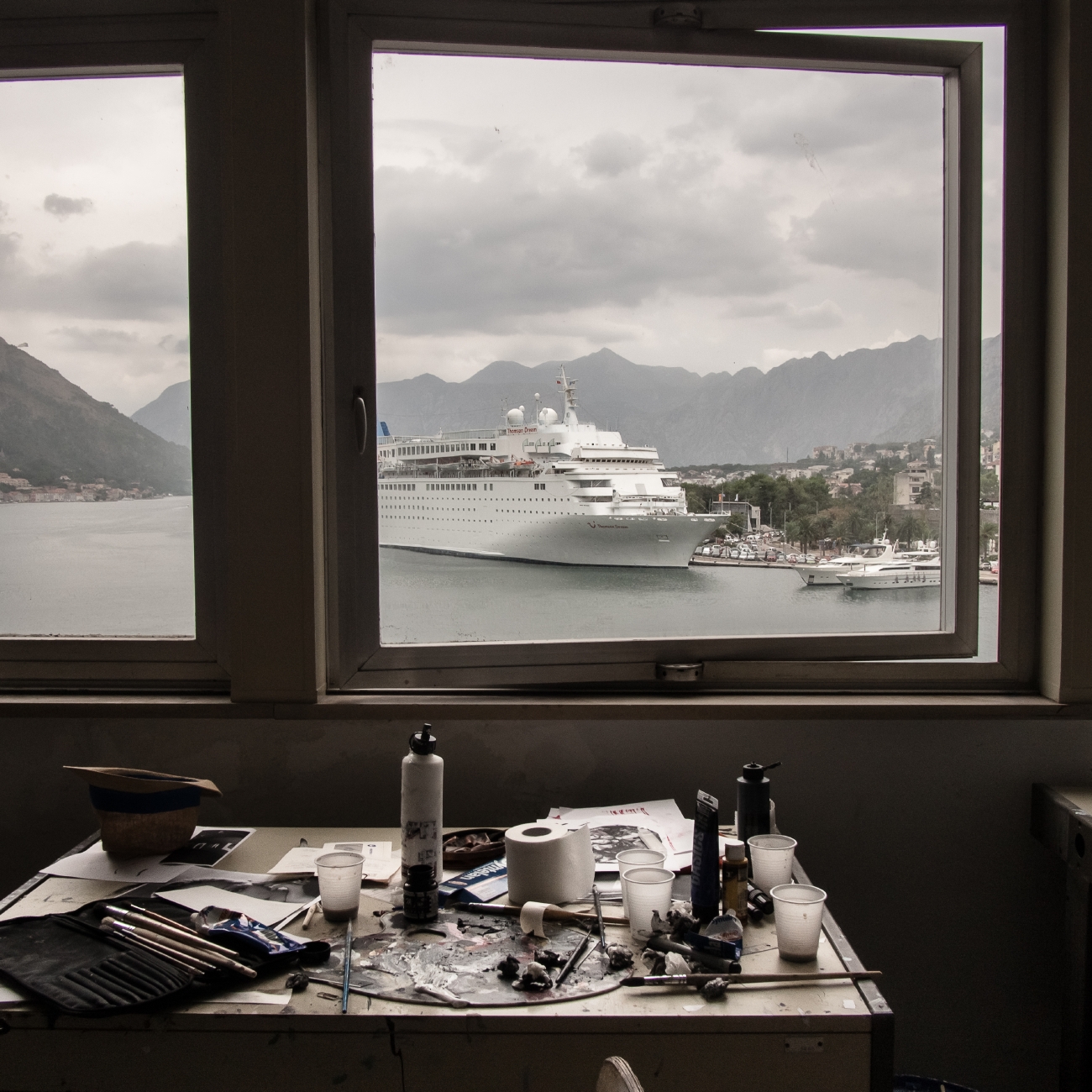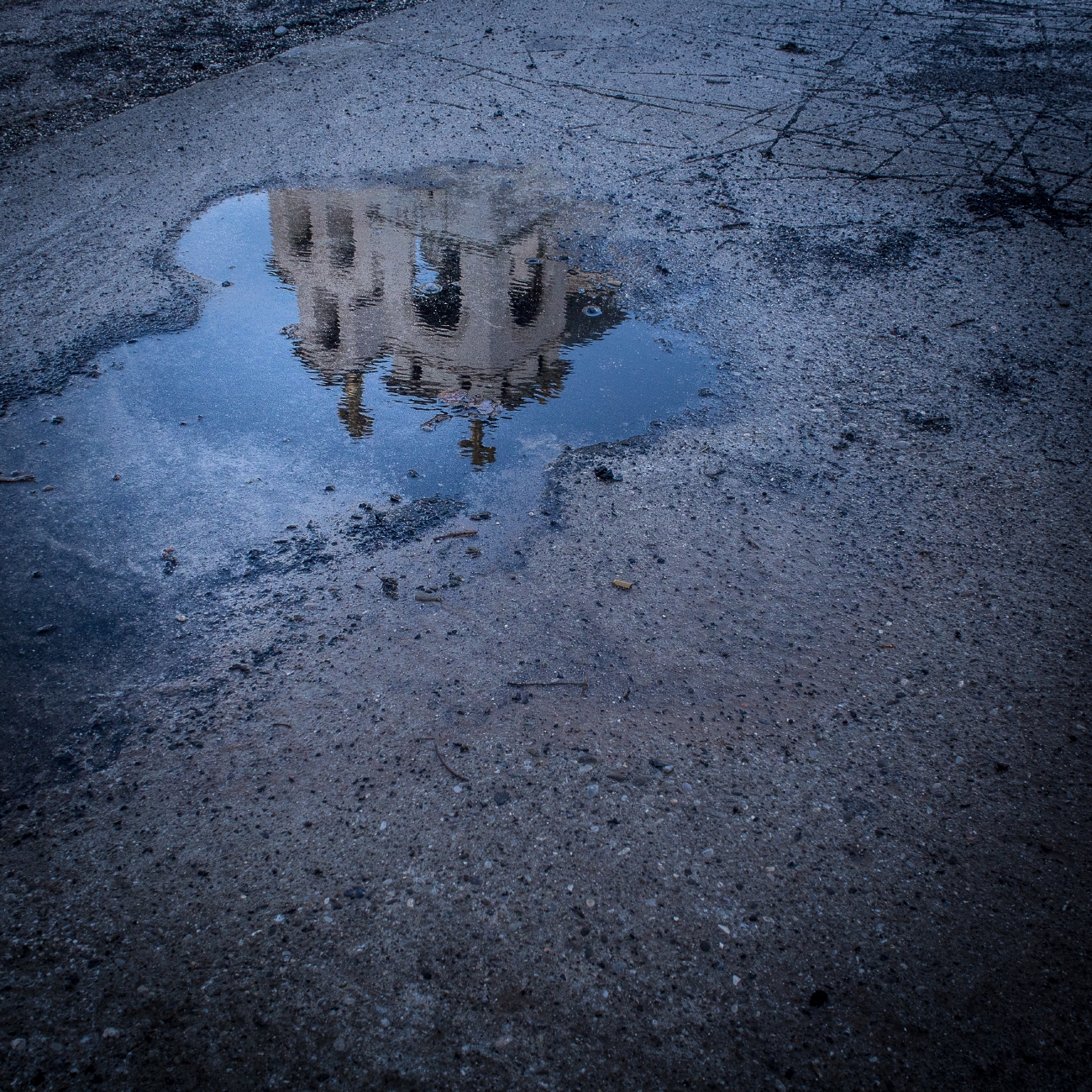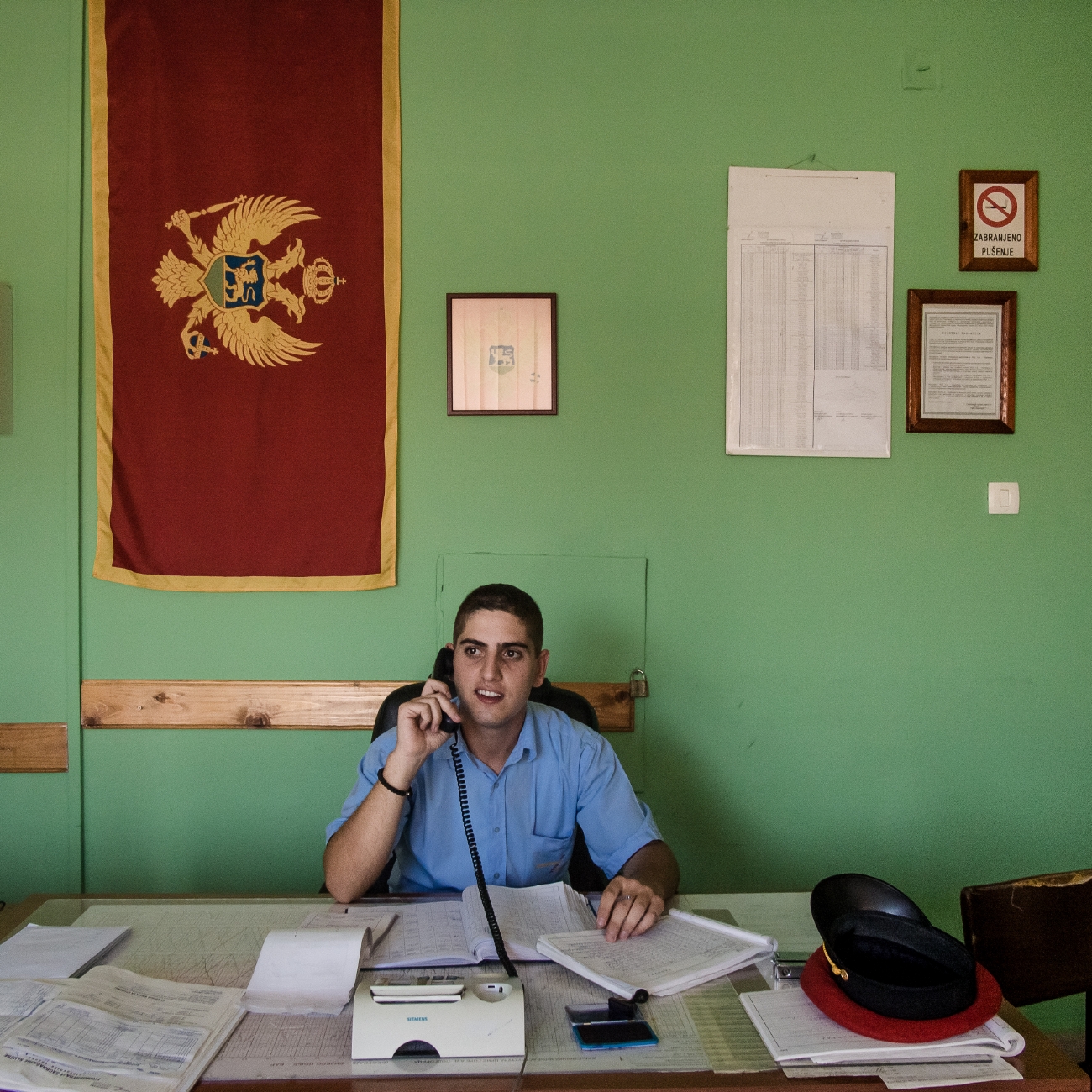In Search of Lost Time
A country in the process of re-inventing itself
Photo by Alessia Capasso
A tiny nation squashed between the mountain and the sea. The ex-Jugoslavia times, and a political legacy hard to erase. The years of economic sanctions and trade embargo. The bankruptcy of the state. The long and ill-fated alliance with Serbia. Finally, in 2006, the declaration of independence. Montenegro is one of the youngest countries in the European continent, and for the past 14 years it has been striving to walk with its own legs.
During these years, the country has been searching for a balance between modernization and continuity with its roots, struggling to relieve the tensions between Western models and communist legacies, between the aspirations of the youth and the rituals of the Eastern Orthodox Church.
(2016-2018)
In 2006 Montenegro unilaterally decided to adopt the Euro as official currency. The government declared that its strategic goal was to join the European Union and NATO. The country was re-imagined as a laboratory of transition from one paradigm to another, in the most fluid and efficient way possible, through foreign investments, social and human rights reforms and development plans.
Montenegro joined NATO in 2017. As the country pushes towards EU membership by 2025, a significant part of the population still considers this process a betraying of the historical relationship with Serbia and an unacceptable abruption from the Russian influence. It is unclear whether the European integration process corresponds to a genuine desire felt by the people, or it is just the artificial product of the aspirations of a single man, Milo Đukanović, who has been in power for over thirty years, alternatively as President and Prime Minister.
